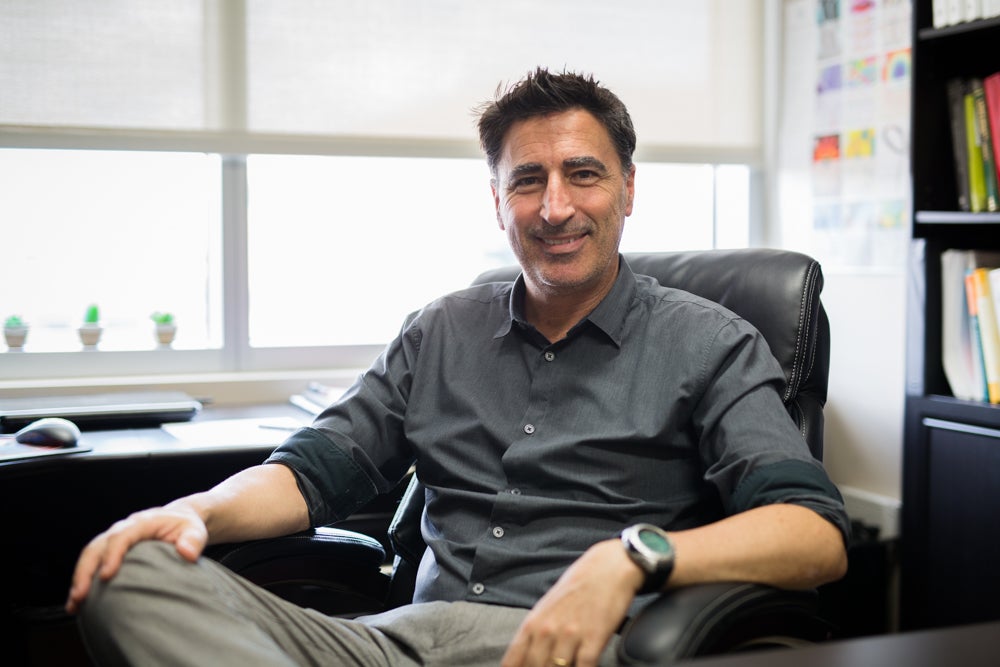An international team with ties to UCF has cracked a challenge that could herald a new era of ultra-high-density computing.
For years engineers and scientists around the world have been trying to make smaller and faster electronics. But the power needed for today’s design tends to overheat and fry the circuits. Circuits are generally built by connecting a diode switch in series with a memory element, called one diode–one resistor. But this approach requires large voltage drops across the device, which translates into high power, and hampers shrinking circuitry beyond a certain point as two separate circuit elements are required. Many teams are working on combining the diode and resistor into a single device.
These one-on-one molecular switches are great options, but they too have been limited to carrying out only one function and even then, they were often fraught with problems including unstable electrical voltage variances and limited lifespans.
The international team, led by Christian Nijhuis from the National University of Singapore and with co-authors Damien Thompson at the University of Limerick and Enrique del Barco the University of Central Florida, made the breakthrough detailed June 1 in the peer-reviewed journal Nature Materials.
The team created a new type of molecular switch that works as both a diode and a memory element. The device is 2 nanometers thick, the length of a single molecule (10,000 times smaller than the width of hair), and only requires a low drive voltage of less than 1 Volt.
“The community is quickly advancing in identifying novel electronic device applications at the molecular scale,” says Del Barco, a professor who specializes in quantum physics. “This work may help speed-up development of new technologies involving artificial synapses and neural networks.”
Nijhuis, who specializes in chemistry, led the team. Damien Thompson from the University of Limerick provided computational theory expertise and del Barco and his team of students and lab scientists provided the theoretical analysis.
How it works
The molecular switch operates in a two-step mechanism where the injected charge is stabilized by migration of charged ions between the molecules and the device surface. That’s made possible by bonding the molecules in pairs. Using a combination of electrical measurements and atomic-scale measurements guided by quantum mechanics, the team found a sweet spot between stability and switch ability that yielded the dual diode+memory resistive RAM memory at a microscopic scale, according to the paper.
“There are still some challenges and more work in this area is needed, but this is a significant breakthrough,” Nijhuis says.
Other members of the research team include: Yingmei Han, Cameron Nickle, Ziyu Zhang, Hippolyte P.A.G. Astier and Zhe Wang from UCF, Thorin J. Duffin from the National University of Singapore and Dongchen Qi from Queensland University of Technology, Brisbane, Queensland, Australia.
Del Barco joined UCF in 2005. His area of expertise includes: fundamental low-temperature magnetic and transport properties of low-dimensional systems, including molecular nanomagnets, magnetic nanostructures and graphene and its 2D crystal relatives. Del Barco has several degrees including a doctorate in condensed matter physics from the University of Barcelona in Spain. He has published dozens of peer-reviewed articles and is a frequent speaker at international conferences.




